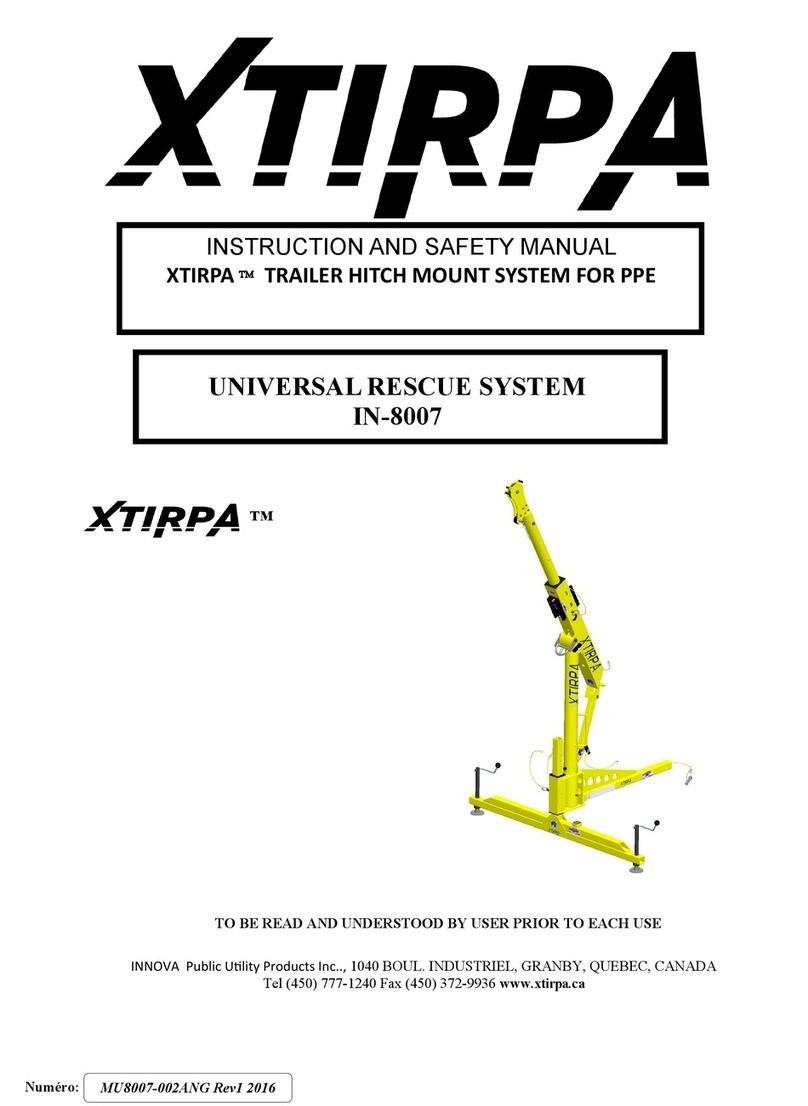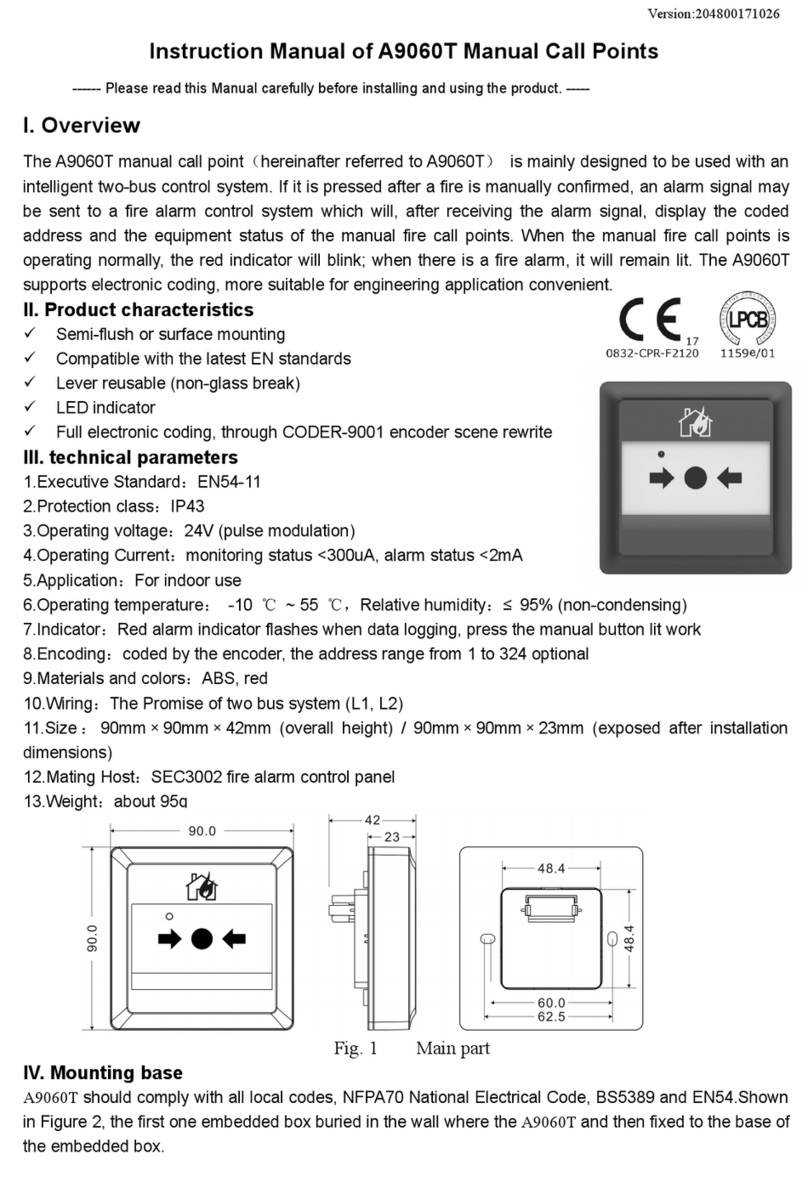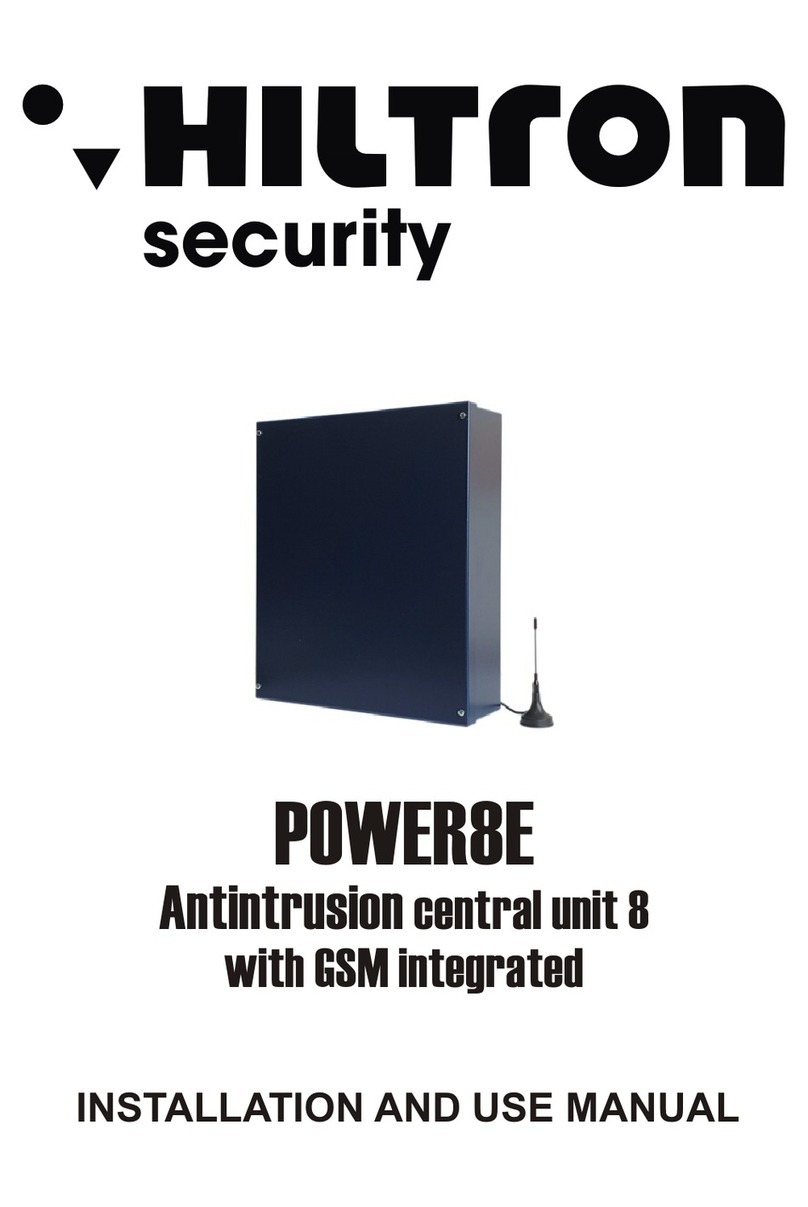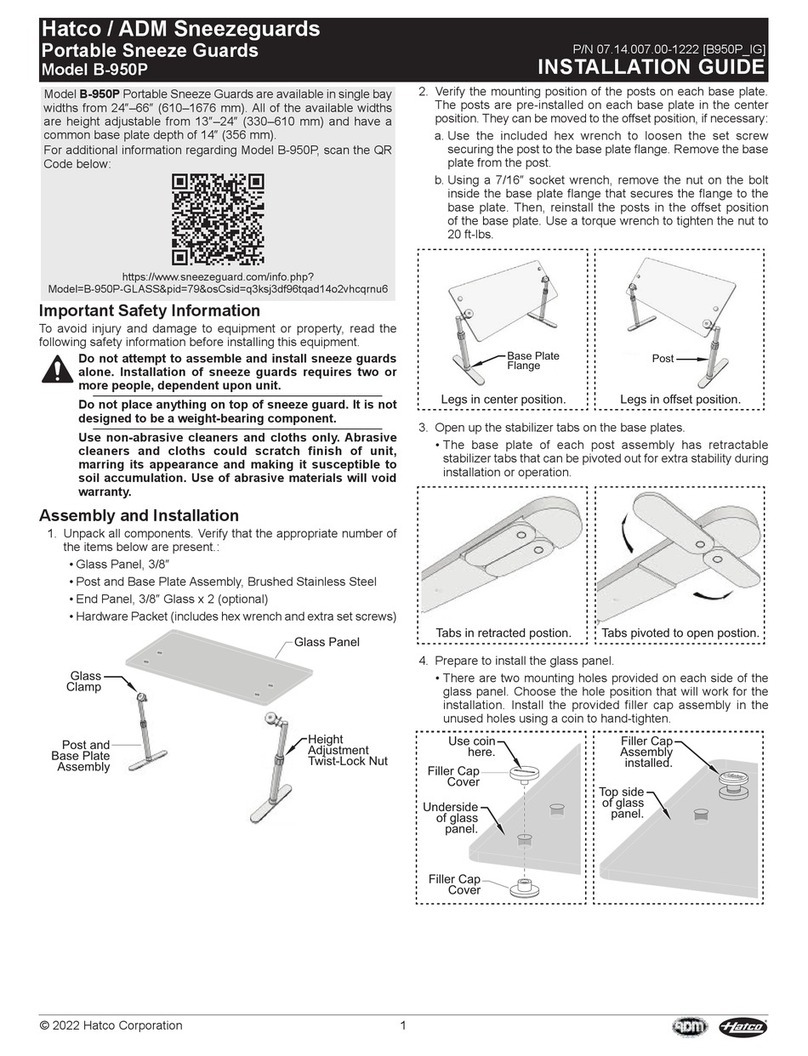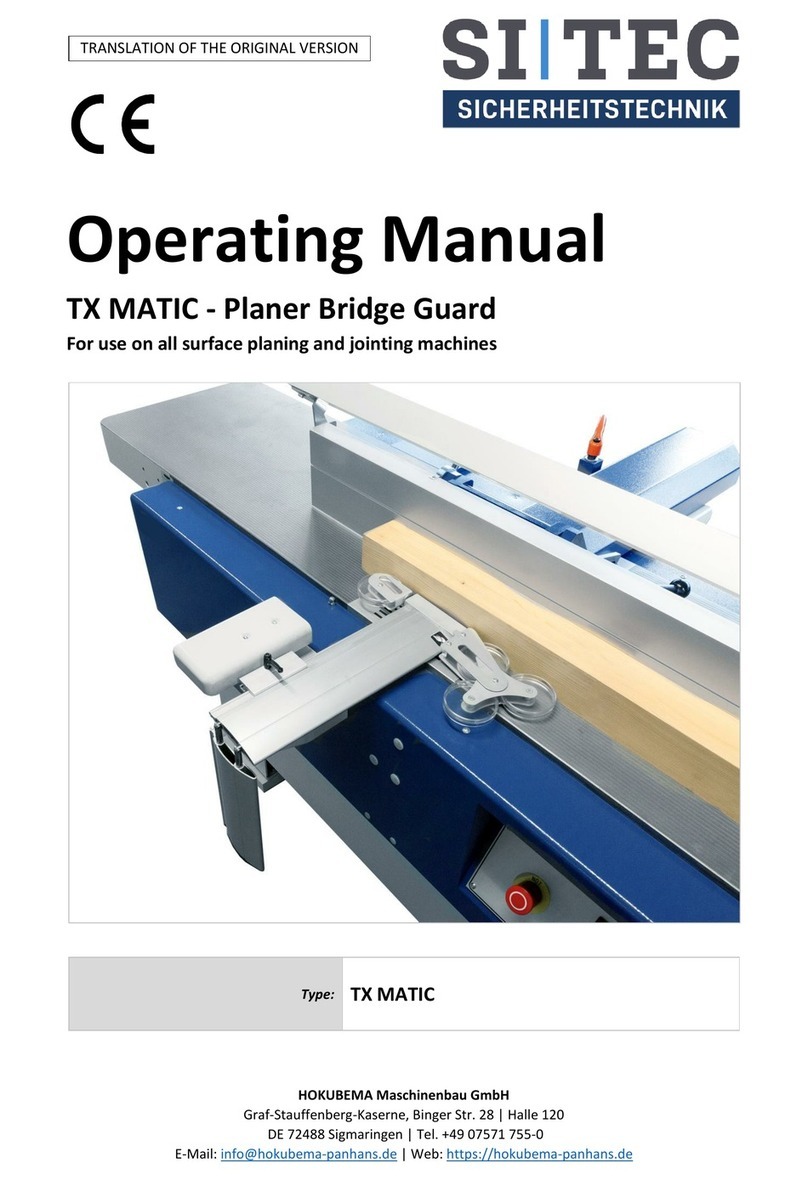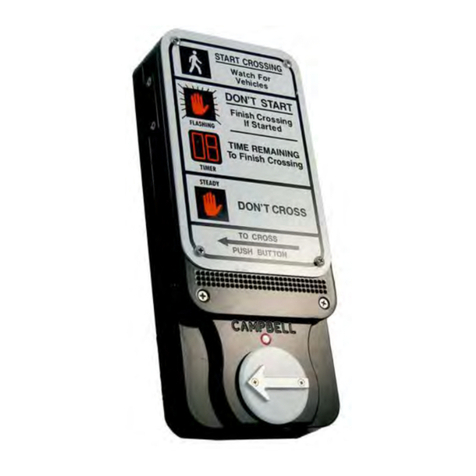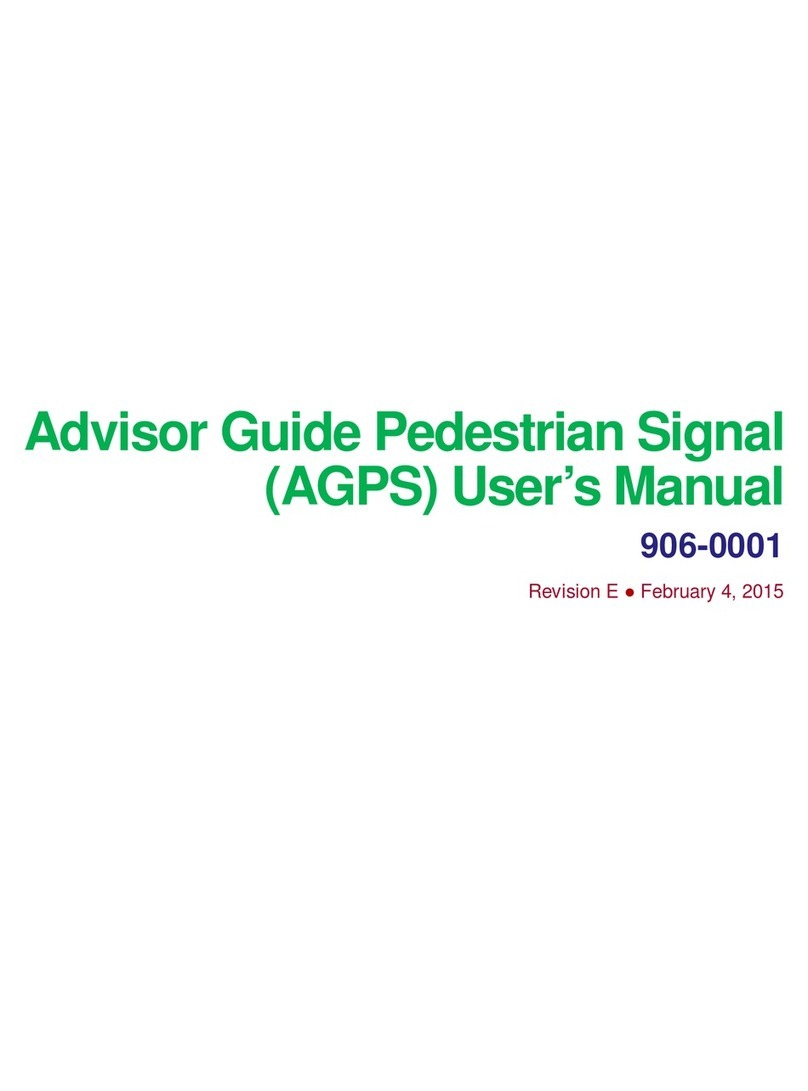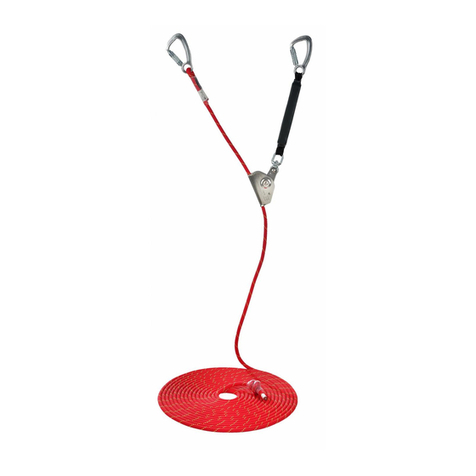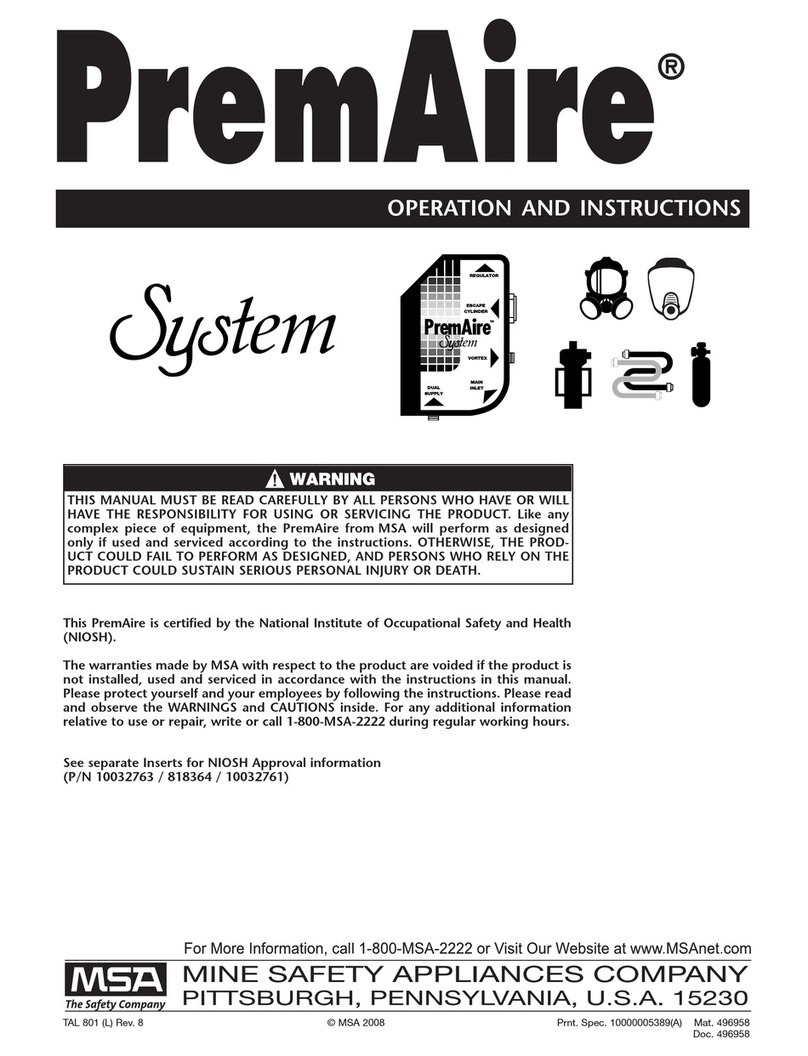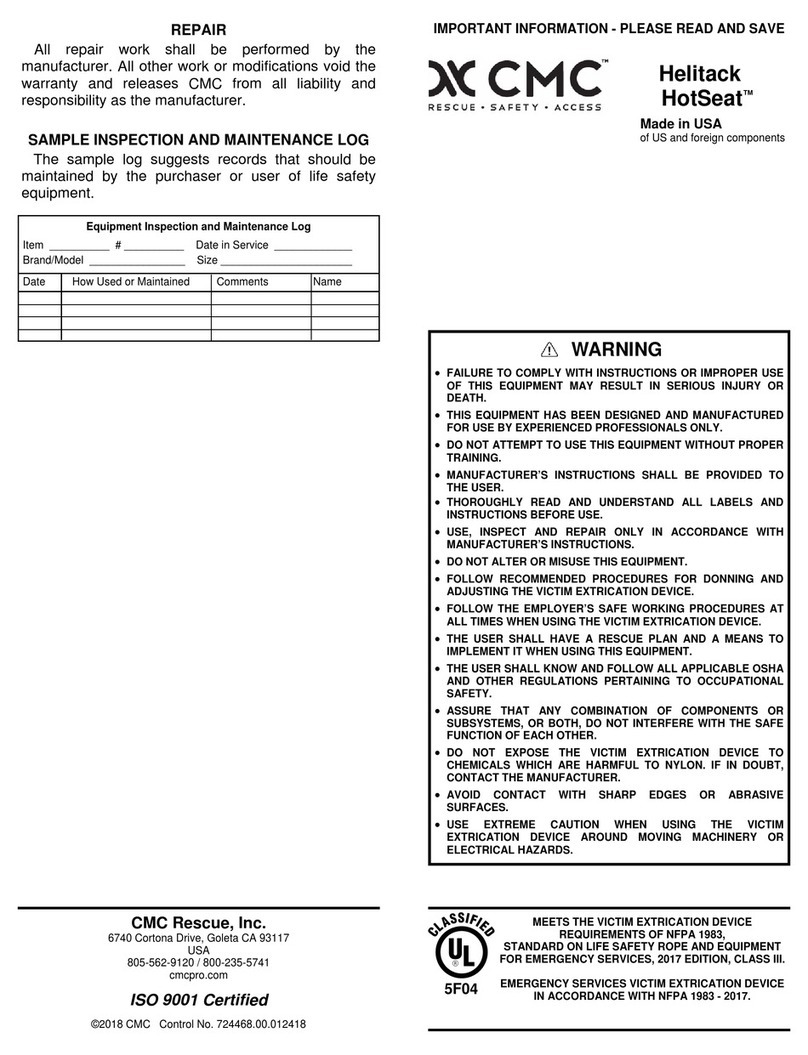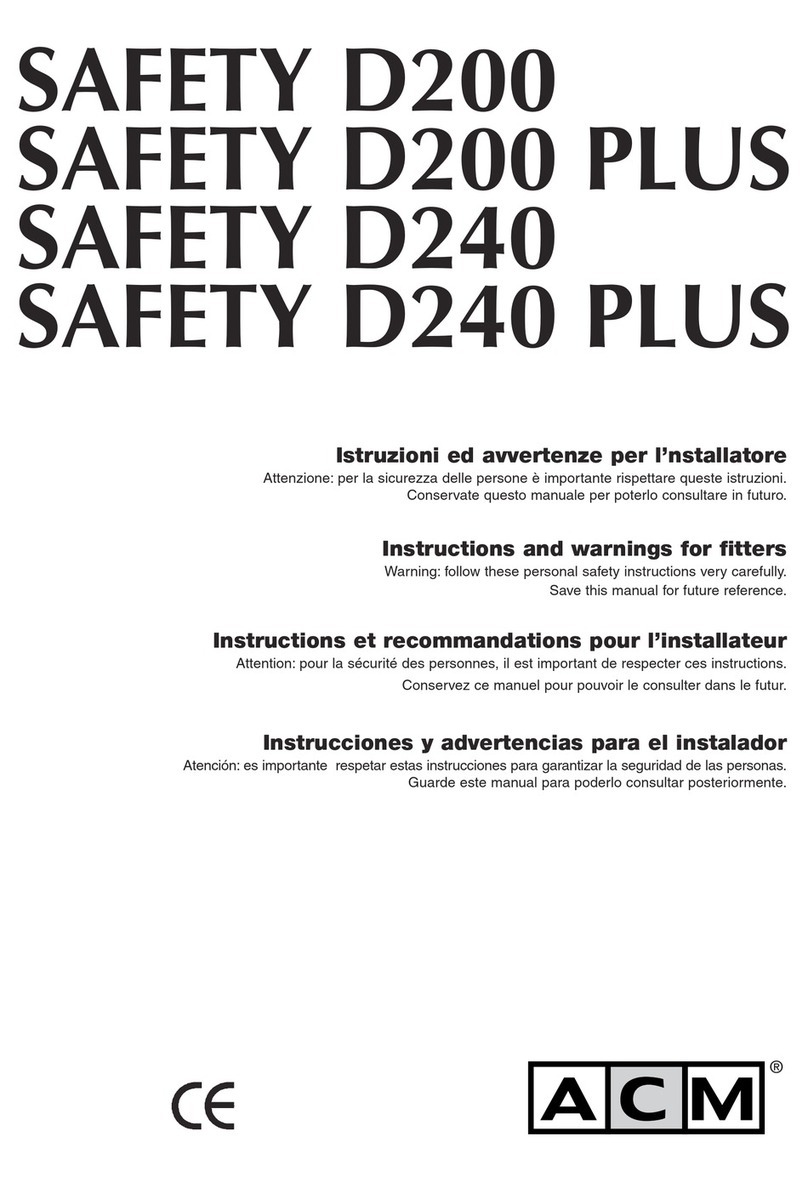
2
Table of Contents
Table of Contents............................................................................................................ 2
Warning and General Information ............................................................................ 2 - 3
Applications..................................................................................................................... 4
Definitions.................................................................................................................. 5 - 6
Safe Use of Campbell®Lifting Clamps..................................................................... 7 - 9
Lifting Clamp Models
GX .......................................................................................................... 10 - 13
GX Structural................................................................................................. 10
GX Sharp Leg ................................................................................................ 10
GXL ........................................................................................................ 14 - 18
SAC ........................................................................................................ 19 - 22
E ............................................................................................................. 23 - 26
H............................................................................................................. 27 - 30
GXRPC................................................................................................... 31 - 34
Duplex Hand Grip.......................................................................................... 35
Drum Handling Equipment
Single Drum Lifter, No. 52 .................................................................... 36 - 37
Double Drum Lifter, No. 252......................................................................... 38
Fork Truck Drum Lifter, No. 260................................................................... 39
Maintenance and Inspection ................................................................................ 40 - 43
WARNING:
Prior to selection, operation and/or maintenance of Campbell®Clamps, read and
understand the information provided in this manual.
The understanding and use of Definitions are important in determining the limitations
and proper applications of lifting clamps.
Failure to review and utilize recommended applications, operation and maintenance
instructions may result in serious injury to operator and others.
THIS PUBLICATION SUPERSEDES ALL PREVIOUSLY PUBLISHED AND/OR DISTRIBUTED
INFORMATION BY MANUFACTURER AND/OR ITS DISTRIBUTORS WITH RESPECT TO
APPLICABLE CAMPBELL (PREVIOUSLY MERRILL) LIFTING CLAMPS AND SUBJECT MATTER
DESCRIBED OR CONTAINED HEREIN.





